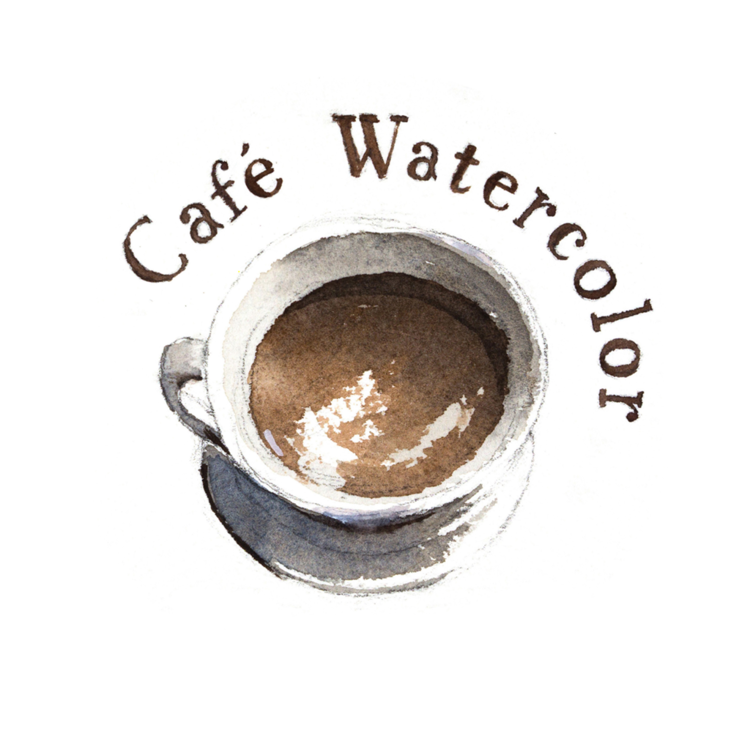This week, I am going to share with you what I learned from Andy Evansen's workshop. Making a value study and use it as a vision for my painting. Be sure to CLICK HERE to watch the whole video!
So as I already mentioned, I was in California two weeks ago attending watercolor worship with Andy Evansen. Andy is one of my favorite watercolor artists. So I was in for a treat. I had a wonderful experience. Andy is not only an amazing artist, teacher but also a great guy. I did a quick interview with him and it was the last week’s video if you haven’t watched it, be sure to check it out!
Now, I like quite a few watercolor artists. But that doesn’t mean I go to all of their workshops. During my past 5 years of learning watercolor, I have been to two workshops. The first one is Joseph Zbukvic, and Andy is my 2nd workshop. Now, obviously the location matters, both workshops were in California, which is relatively close to Washington. But the main reason is that I want to incorporate their style and process in my own paintings. This sort of tangent off to the topic of developing a personal style. I can talk about it more in the future. But in short, what I hope to achieve is by combining what I learn from two masters in my own paintings and have something new come out of it.
Andy has a very different approach to painting than what I’ve learned from Joseph. I said approach because the core idea of a successful painting is the same. It’s all about the big shape, good washes, and visual language. Here are some of the main things I learned from Andy:
Connect - This is the biggest concept that connects to all the other ideas, no pun intended. As I talked about multiple times, watercolor painting is all about the big shape. If you have many little separated shapes. Your painting will be very busy and noisy. So, find the big shape in your painting, squint your eyes. Another trick I shared before is by using your phone app. And connect them together. Doing so will simplify your painting a lot. And that is the next thing.
Simplify - Once you are able to find the big shape and connect them together. You simplify your painting. Details will merge and your painting will have a clear read. One of the reasons why I love Andy’s painting is how simple yet effective his paintings are. It doesn’t scream at you with details and fancy brush strokes. But his paintings allow you to take the scenery all in with a glimpse. And that is because he was able to simplify a complex scenery into something simple and powerful. I will be doing the same process in the demo later in this video. If I can be half as good.
Pre-mix your colors - I talked a lot about planning for your painting. Whether it is planning in your drawing, your materials, and pre-mix your colors. I talked about pre-mixing your color in one of my previous posts about decreasing your white paper syndrome. So you can imagine what a pleasant surprise I had when I saw Andy was recommending the same thing when he was painting. (Great minds think alike.) What I didn’t expect is just how much paint he mixed for each wash. Because of that I actually got a new big John Pike Palette for painting. But I’ll say this is one of the major reasons why Andy’s painting always looks so rich in color. By rich, I don’t mean heavy. It is still transparent like how watercolor should be. But the color looks vibrant and clean. Being at his workshop I can see how he does it. He mixed a good amount of colors that he’s going to use for the wash, and just reload them on his brush constantly. When you want to paint a big connected shape in one single wash, it’s good to have enough color pre-mixed for you. Otherwise, if you run out of your mixture in the middle of the wash, you will need to mix it on the fly. Then you are battling against the drying time while trying to judge the color you are mixing, That’s very stressful and you are making your job much, much harder.
Below are the results of my paintings, be sure you check out my YouTube video for the full demo.
Source Photo
Value Study
My Final Painting



